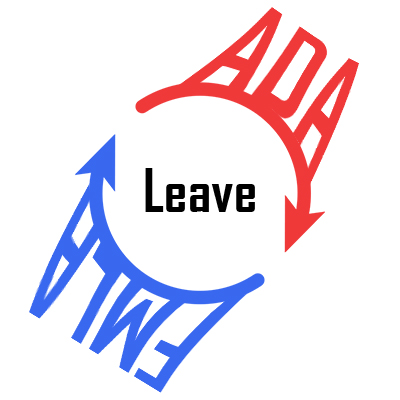 This article examines similarities and differences between the Family and Medical Leave Act (FMLA) and the Americans with Disabilities Act (ADA). Here we take a look at employee notice requirements under both laws.
This article examines similarities and differences between the Family and Medical Leave Act (FMLA) and the Americans with Disabilities Act (ADA). Here we take a look at employee notice requirements under both laws.
For a Limited Time receive a
FREE Compensation Market Analysis Report! Find out how much you should be paying to attract and retain the best applicants and employees, with
customized information for your industry, location, and job.
Get Your Report Now!Employee notice –ADA
Under the ADA, an employee does not have to specifically request a “reasonable accommodation,” but must let the employer know only that some adjustment or change is needed to do a job because of the limitations caused by a disability.
Interactive process required. An employer must discuss reasonable accommodation with an employee who requests accommodation.
Employee notice-FMLA
Under the FMLA, generally, for foreseeable leave, 30 days’ notice is required.
When leave is not foreseeable, the employee must provide as much notice as practicable, generally understood to mean the time prescribed by the employer's usual and customary notice requirements applicable to unforeseeable leave. Generally, the reasonable time period is understood to be within one or two business days of the event giving rise to the need for leave.
For qualifying exigency leave, notice must be given as soon as practicable. If timely notice is not given, FMLA leave may be delayed.
FMLA and ADA Compared
Like the ADA, the FMLA does not require that employees communicate their need for leave to an employer in writing or specifically mention the FMLA in order to qualify for FMLA leave. An employee’s sole responsibility is to communicate information that is sufficient to put an employer on notice that the employee’s reason for missing work may be a qualifying reason for leave under the FMLA.